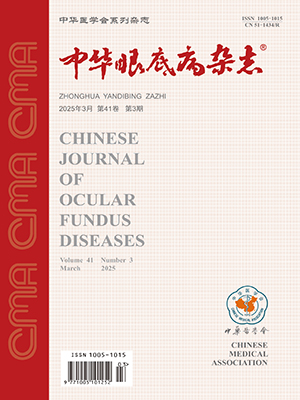Objective To investigate the expression and significance of T-bet in experimental autoimmune uveoretinitis (EAU). Methods EAU was induced in 24 Lewis rats by immunization with retinal S-antigen (50 μg) and complete Freund′s adjuvant, and another 4 rats were the healthy control. The rats with EAU were executed 7, 12, 15, 21 days after immunization, respectively. Immunohistochemical single and double staining were performed using monoclonal antibodies of T-bet or CD4 on the ocular wholemounts and the consecutive sections of the eye and spleen from both 24 immunized Lewis rats and 4 normal controls. The positive cells were counted under the optic microscope and the data were analyzed by SPSS 11.0 statistic software. Results A few T-bet positive cells were observed in the normal ocular tissues and spleen. The expressions of T-bet in the iris, retina, and spleen increased 7 days after immunization, reached the peak at the 15th day, and decreased at the 21st day, which were higher than those in the control. Double staining on the consecutive sections revealed that most of the T-bet positive cells were positive for CD4 monoclona l antibody. Conclusion T-bet may affect the occurrence of EAU by activating Th1 cells. (Chin J Ocul Fundus Dis,2004,20:172-174)
Citation: CHU Liqun,YANG Peizeng,LI Bing. Expression and significance of T-bet in experimental autoimmune uveoretinitis. Chinese Journal of Ocular Fundus Diseases, 2004, 20(3): 172-174. doi: Copy
Copyright © the editorial department of Chinese Journal of Ocular Fundus Diseases of West China Medical Publisher. All rights reserved




